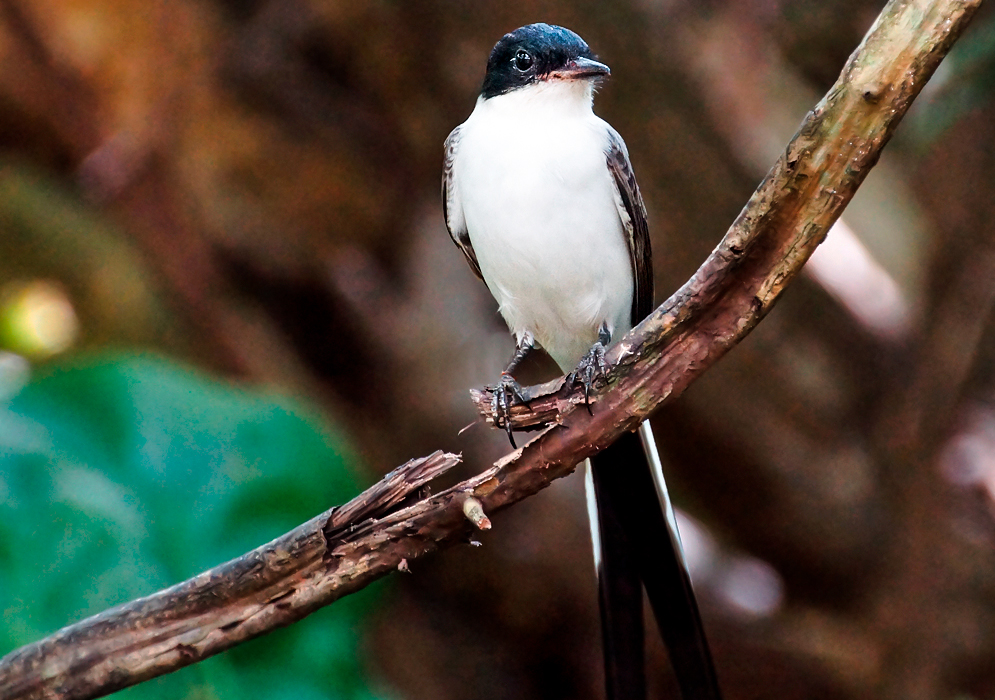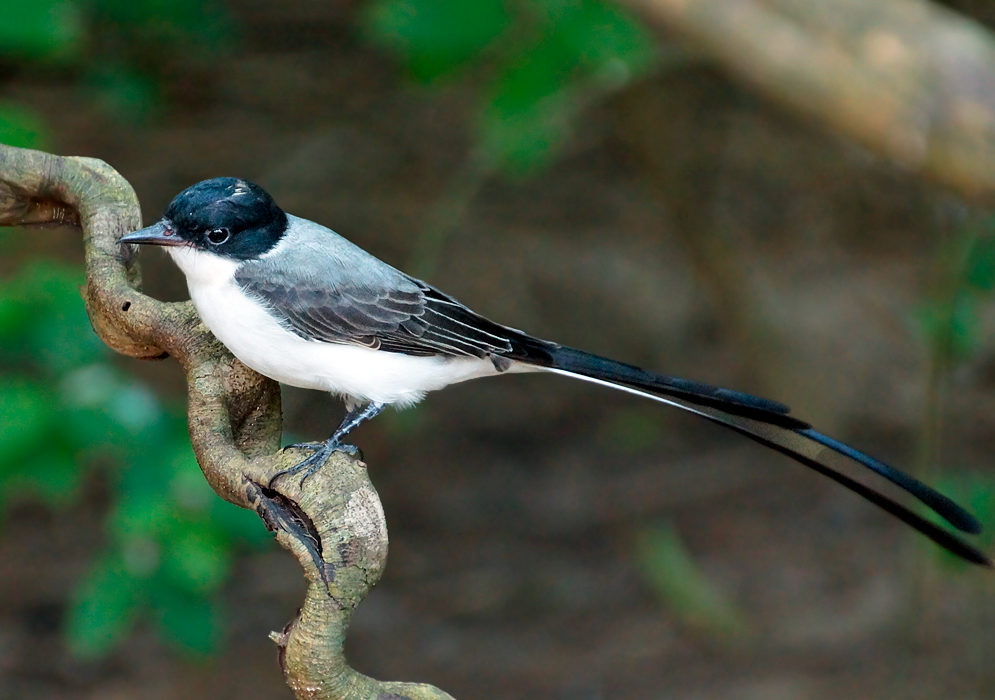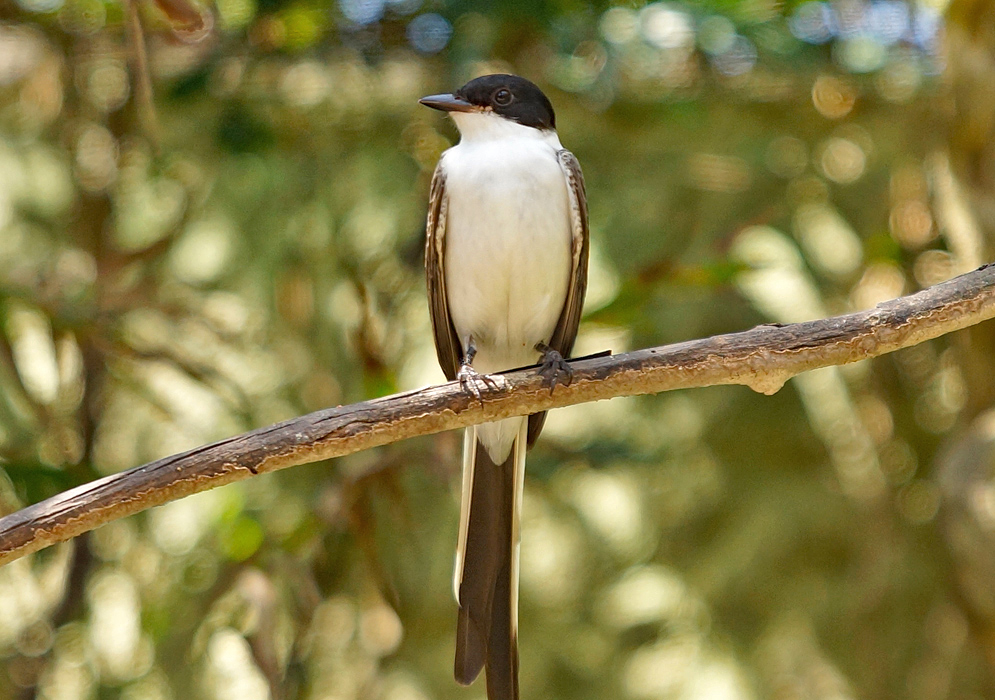This post has 11 Simple Fields-fields attached. Show fields.

The Fork-tailed Flycatcher is a passerine bird native from southern Mexico to Argentina. These birds typically inhabit open landscapes, including savannas, grasslands, and agricultural areas. the Fork-tailed Flycatcher presents white underparts, gray upperparts, and a distinctive black cap. Male Fork-tailed Flycatchers are particularly remarkable for their extraordinarily long, forked tail, surpassing even their relative, the scissor-tailed flycatcher, in tail length. This feature is less pronounced in females and even shorter in juveniles. Adult males range from 15 to 16 inches in length, while females are slightly smaller, measuring 11 to 12 inches. Despite their size, these birds are lightweight, typically weighing only 0.99 to 1.13 ounces. The tail of an adult male can be two to three times the length of the bird from its bill to the base of the tail. One remarkable behavior of the Fork-tailed Flycatcher is its conspicuous and spectacular aerial displays during the breeding season. Males perform intricate and acrobatic flight displays to attract females. These displays often involve rapid twists and turns, during which their distinctive long forked tails are prominently displayed. The International Union for Conservation of Nature (IUCN) classifies them as of Least Concern, indicating a stable population over 5,000,000 individuals.





